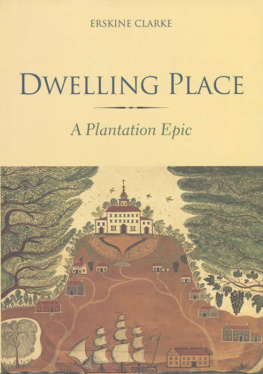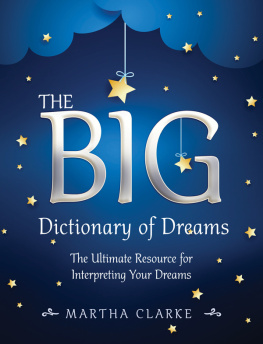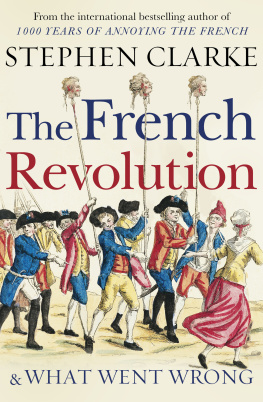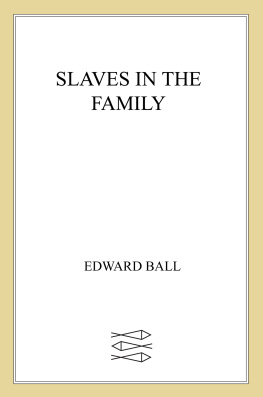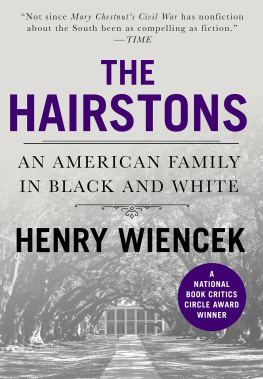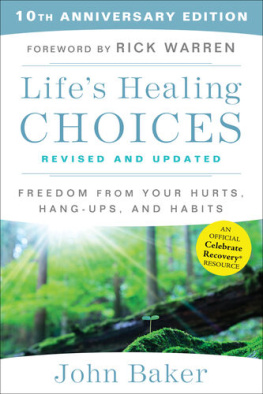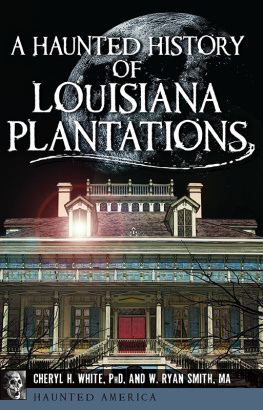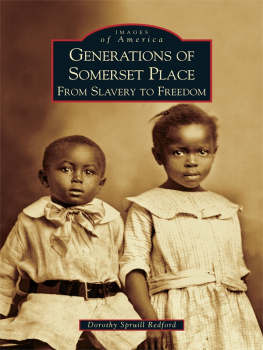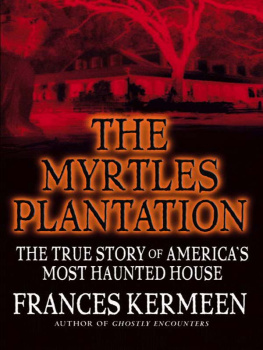
D WELLING P LACE
D WELLING P LACE

A Plantation Epic

Erskine Clarke
Yale University Press
New Haven & London
Published with assistance from the Griffith Foundation.
Copyright 2005 by Yale University. All rights reserved. This book may not be
reproduced, in whole or in part, including illustrations, in any form (beyond that
copying permitted by Sections 107 and 108 of the U.S. Copyright Law and except by
reviewers for the public press), without written permission from the publishers.
Designed by Nancy Ovedovitz and set in Electra type by
Tseng Information Systems, Inc. Printed in the United States of America.
Library of Congress Cataloging-in-Publication Data
Clarke, Erskine, 1941
Dwelling place: a plantation epic/Erskine Clarke.
p. cm.
Includes bibliographical references and index.
ISBN 0-300-10867-2 (cloth: alk. paper)
1. Plantation lifeGeorgiaLiberty CountyHistory19th century. 2. Jones, Charles Colcock, 18041863Family. 3. Plantation ownersGeorgiaLiberty CountyBiography. 4. WhitesGeorgiaLiberty CountyBiography. 5. Jones, LizzyFamily. 6. SlavesGeorgiaLiberty CountyBiography. 7. African AmericansGeorgiaLiberty CountyBiography. 8. Liberty County (Ga.)Biography. 9. Liberty County (Ga.)Race relations. 10. Liberty County (Ga.)
Social life and customs19th century. I. Title.
F 292. L 6 C 58 2005
305.896073075873309034dc22 2005003958
A catalogue record for this book is available from the British Library.
The paper in this book meets the guidelines for permanence and durability of the Committee on Production Guidelines for Book Longevity of the Council on Library Resources.
10 9 8 7 6 5 4 3 2 1
To Nancy, Legare, and Elizabeth

P REFACE
Dwelling Place is a history of two peoples living together on the Georgia coast from 1805 to 1869. It is a single narrative because their lives were linked and interwoven in innumerable and often intimate ways and because this coastal land shaped all who lived along its rivers, by its swamps, and on its islands and sandy hills, even as those who lived there shaped the land itself. Yet Dwelling Place is also two historiesone of whites and one of blacks, one of owners and one of slaves. For in spite of all of their closeness and all the ways their lives were bound together on this particular part of the Georgia coast, there was a great divide between those who were owned and those who owned. So great was the distance between them and so different was their experience that Dwelling Place is necessarily two histories of one place and one time.
One history centers on the family of Charles Colcock Jones, who came to be known among whites as the Apostle to the Negro Slaves. The other history focuses on the family of Lizzy Jones, the matriarch of one of the most influential and widely connected families of the Gullah-speaking slave community of Liberty County, Georgia. Both families were part of dense networks of relatives and friends who constituted significant parts of each familys history. Both families, in all their own diversity and peculiarities, saw the landscape of Liberty County and understood the stories of the people who lived on its land from very different places and in very different ways.
Dwelling Place is an attempt to tell these two histories in a single narrative, because each history was dependent on the other and cannot be understood apart from the other. One history is of a white familys love for one another and of their love for the beauty of a low-country home. Their story is marked by the bitter irony of good intentions gone astray and of benevolent impulses becoming ideological supports for deep oppression. The other history is of a particular African-American familys resistance to the degradations of slavery. Their story is marked by the varied strategies of its membersnot only open resistance to slavery but also acculturation and relentless negotiationsas they sought to ease the burdens of slavery and to move toward a new future for themselves and their family. Because the study explores the lives of specific individuals and families over an extended period of time, it is a composite biography: the lives of owners and owned are seen overlapping one another and being layered together in complex and interdependent ways, even as they are both located within larger social and cultural contexts.
The narrative begins in 1805 at Liberty Hall plantation, three months after the birth of Charles Colcock Jones and a short time before the birth of Lizzy Joness second son, Cato. It ends in 1869, when the entire region appeared strangely and, for the blacks, wonderfully changed. The story follows the histories of these two families, and their dense networks of relatives and friends, through a period of immense social, cultural, and technological transformations. These transformations, and the comings and goings of plantation life for more than sixty years, are seen and experienced from above in Dwelling Place through the eyes of ruling whites and are seen and experienced from below through the eyes of resourceful slaves and freed people who struggled first against the bitter burden of slavery and then against its legacy of a powerful racism.
Any history, of course, involves not only intense research and analysis but also an act of imagination as the facts of research are arranged and interpreted in the mind of the historian. This is true of a history of the whites of Liberty County who left behind an extensive collection of letters and documents. An act of imagination is required to enter their world even with all the richness of their written record, for their nineteenth-century plantation world is distant from the largely urban world of the twenty-first century. The distance is perhaps most clearly felt at those points when we ask, How could they believe that? or How could they do that?
If an act of imagination is required to enter the well-documented white world of nineteenth-century Liberty County, much more imagination is needed to enter the world of Liberty County slaves. Their written records are few and their voices have been for generations largely suppressed. Yet their story has its witnesses, and the witnesses tell of slave life, of the work that slaves did, and of the community Liberty County slaves built. Some of these witnesses are found in the land itself, as archaeologists have dug in slave settlements or as dams and dikes of old rice fields have appeared on aerial photographs. Other witnesses come from studies of other slave communities and from the history of the institution of slavery itself. A few critically important witnesses are found in slave letters and in slave narratives from Liberty County. Most of the witnesses, however, for the family of Lizzy Jones and its network of relations and friends, come in the letters and in the plantation and court documents of white owners. This white testimony must be approached with special care. But with care, and with collaboration from other sources, an imaginative leap can be made to read what James C. Scott in Domination and the Arts of Resistance calls the hidden transcripts of the slave settlements in order to tell the story of a slave family and how they saw and experienced a time and place shared with other slaves and with the whites of Liberty County.
Next page
